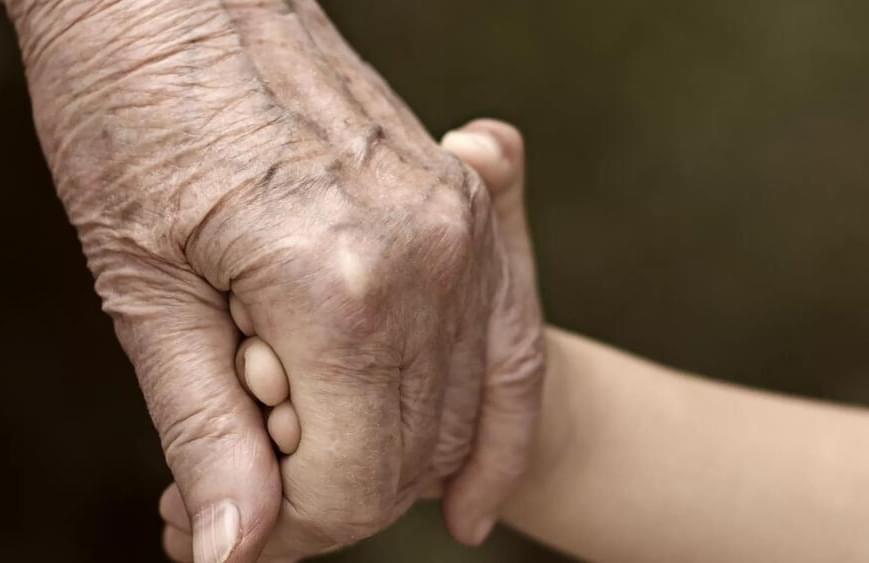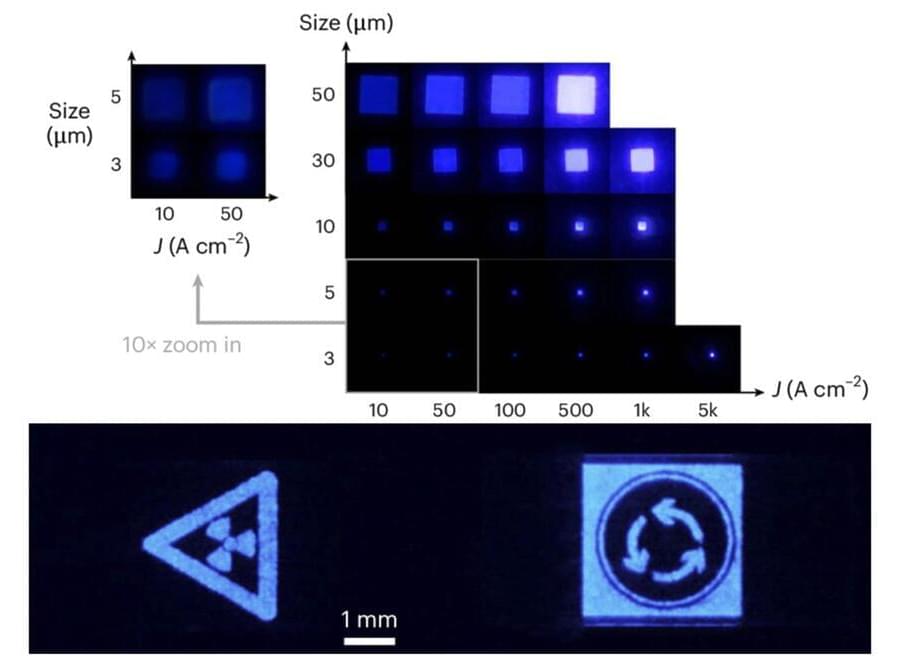The “expansion protocol” would be a lot more invasive than you’d enjoy.
Category: computing – Page 172

Critical review of aging clocks and factors that may influence the pace of aging
Background and objectives: Aging clocks are computational models designed to measure biological age and aging rate based on age-related markers including epigenetic, proteomic, and immunomic changes, gut and skin microbiota, among others. In this narrative review, we aim to discuss the currently available aging clocks, ranging from epigenetic aging clocks to visual skin aging clocks.
Methods: We performed a literature search on PubMed/MEDLINE databases with keywords including: “aging clock,” “aging,” “biological age,” “chronological age,” “epigenetic,” “proteomic,” “microbiome,” “telomere,” “metabolic,” “inflammation,” “glycomic,” “lifestyle,” “nutrition,” “diet,” “exercise,” “psychosocial,” and “technology.”
Results: Notably, several CpG regions, plasma proteins, inflammatory and immune biomarkers, microbiome shifts, neuroimaging changes, and visual skin aging parameters demonstrated roles in aging and aging clock predictions. Further analysis on the most predictive CpGs and biomarkers is warranted. Limitations of aging clocks include technical noise which may be corrected with additional statistical techniques, and the diversity and applicability of samples utilized.

Engineers develop first deep-UV microLED display chips for maskless photolithography
In a breakthrough set to revolutionize the semiconductor industry, the School of Engineering of the Hong Kong University of Science and Technology (HKUST) has developed the world’s first-of-its-kind deep-ultraviolet (UVC) microLED display array for lithography machines. This enhanced efficiency UVC microLED has showcased the viability of a lowered cost maskless photolithography through the provision of adequate light output power density, enabling exposure of photoresist films in a shorter time.
Conducted under the supervision of Prof. Kwok Hoi-Sing, Founding Director of the State Key Laboratory of Advanced Displays and Optoelectronics Technologies at HKUST, the study was a collaborative effort with the Southern University of Science and Technology, and the Suzhou Institute of Nanotechnology of the Chinese Academy of Sciences.
A lithography machine is crucial equipment for semiconductor manufacturing, applying short-wavelength ultraviolet light to make integrated circuit chips with various layouts. However, traditional mercury lamps and deep ultraviolet LED light sources have shortcomings such as large device size, low resolution, high energy consumption, low light efficiency, and insufficient optical power density.

10x efficiency boost: US paves the way for next-gen chip production
Special multi-layer mirrors guide the light through plates called masks, which hold the intricate patterns of the integrated circuits for semiconductor wafers. The light projects the pattern onto a photoresist layer that is etched away to leave the integrated circuits on the chip, according to a press release by LLNL.
The project also aims to investigate the primary hypothesis that the energy efficiency of existing EUV lithography sources for semiconductor production can be improved with technology developed for the novel petawatt-class BAT laser, which uses thulium-doped yttrium lithium fluoride (Tm: YLF) as the gain medium through which the power and intensity of laser beams are increased, as per the release.
Scientists have planned to conduct a demonstration pairing the compact high-rep-rate BAT laser with technologies that generate sources of EUV light using shaped nanosecond pulses and high-energy x-rays and particles using ultrashort sub-picosecond pulses.

Human Thought Lags Behind Sensory Speed
Summary: A new study reveals that humans think at a rate of 10 bits per second, while sensory systems process a billion bits per second—100 million times faster. This highlights a paradox: why does the brain process thoughts so slowly when sensory input is so vast?
Researchers propose that the brain’s evolution prioritized focusing on single “paths” of thought, akin to navigating abstract concept spaces. These findings challenge notions of brain-computer interfaces enabling faster communication, as the brain’s inherent speed limit persists.

IBM will release the largest ever quantum computer in 2025
Following successful early demonstrations of linking two quantum computing chips, IBM is aiming to break records for the largest quantum computer yet by combining many of them in parallel.


Quantum Teleportation Achieved Over Internet For First Time
A quantum state of light has been successfully teleported through more than 30 kilometers (around 18 miles) of fiber optic cable amid a torrent of internet traffic – a feat of engineering once considered impossible.
The impressive demonstration by researchers in the US may not help you beam to work to beat the morning traffic, or download your favourite cat videos faster.
However, the ability to teleport quantum states through existing infrastructure represents a monumental step towards achieving a quantum-connected computing network, enhanced encryption, or powerful new methods of sensing.

Magic Particles: The Large Hadron Collider’s Quantum Computing Breakthrough
Physicists uncovered a fascinating link between the Large Hadron Collider and quantum computing. They found that top quarks produced at the LHC exhibit a property called “magic,” essential for quantum computation.
This discovery could revolutionize our understanding of quantum mechanics and its applications, bridging the gap between quantum theory and particle physics.
Quantum Computing and the Power of “Magic”